Twitch’s new branded content guidelines have caused a lot of commotion since the Amazon-owned company revealed them on June 6, 2023. A number of content creators and organizations slammed Twitch for implementing them. Some even threatened to leave, which made me realize just how serious of an issue it was.
But what do the guidelines include, and what does it mean for content creators moving forward? Is it really as bad as people are saying, or is it nothing more than misguided outrage?
As someone who has covered streaming for years, I believe it is a huge deal that could finally push many streamers to leave Twitch.
What is branded content on Twitch?
Twitch describes branded content as any content produced by streamers that features products or services based on an exchange of value such as being paid or receiving goods or services.
It listed a number of examples, including brand logo stream overlays, branded channel panels, channel sponsorships, endorsements, paid product unboxings, product placements, and sponsored gameplay.
Related: Twitch CEO confirms company stance on gambling streams
Things like showing a product that someone bought for personal use to Twitch viewers, talking about a favorite product while broadcasting, or wearing a piece of clothing with a brand on-stream do not constitute branded content; it has to be some form of a mutually beneficial deal.
What do the new Twitch branded content guidelines include?
Branded content disclosure tool
The first section of the branded content guidelines focuses on a new tool in Stream Manager that allows streamers to notify viewers their stream includes branded content via a disclaimer. It can be turned on by clicking Edit Stream, then checking the Branded Content box.
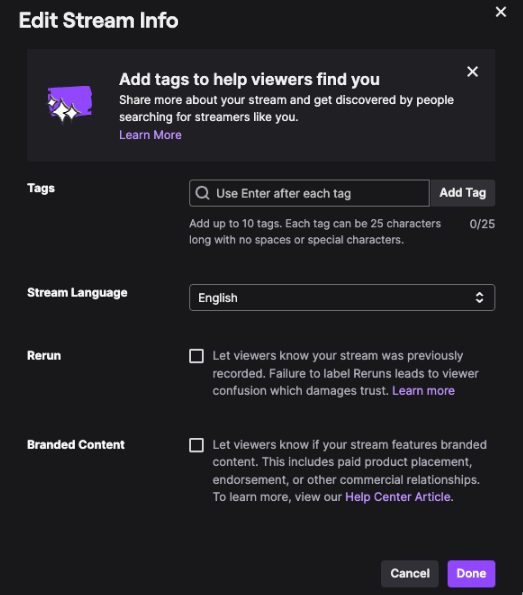
Permitted and prohibited brand sponsorship formats
The second section is the meat and bones of the branded content guidelines, and the cause of all the outrage. It states that Twitch has the rights to display, sell, and serve advertisements on streams. For that reason, streamers can no longer burn in, embed, or insert pre-recorded audio, display, and video advertisements into their streams themselves.
On-stream brand overlays are permitted, but they need to be limited to three percent of the total screen size. Branded panels on channel pages, linking to websites that promote things, playing sponsored games, showcasing products in the background of a stream, and talking about, endorsing, and unboxing products or services on stream are all still permitted, too.
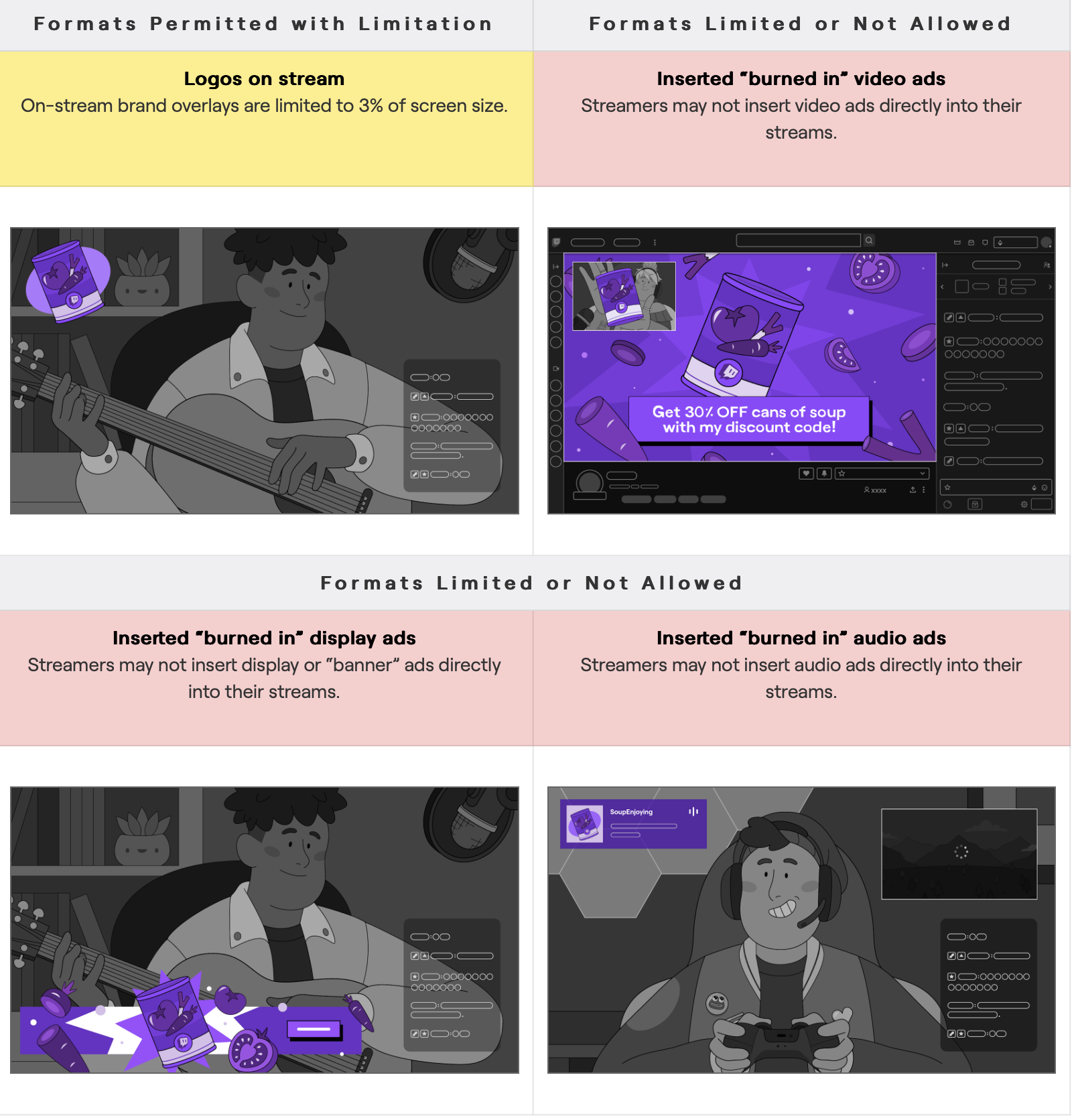

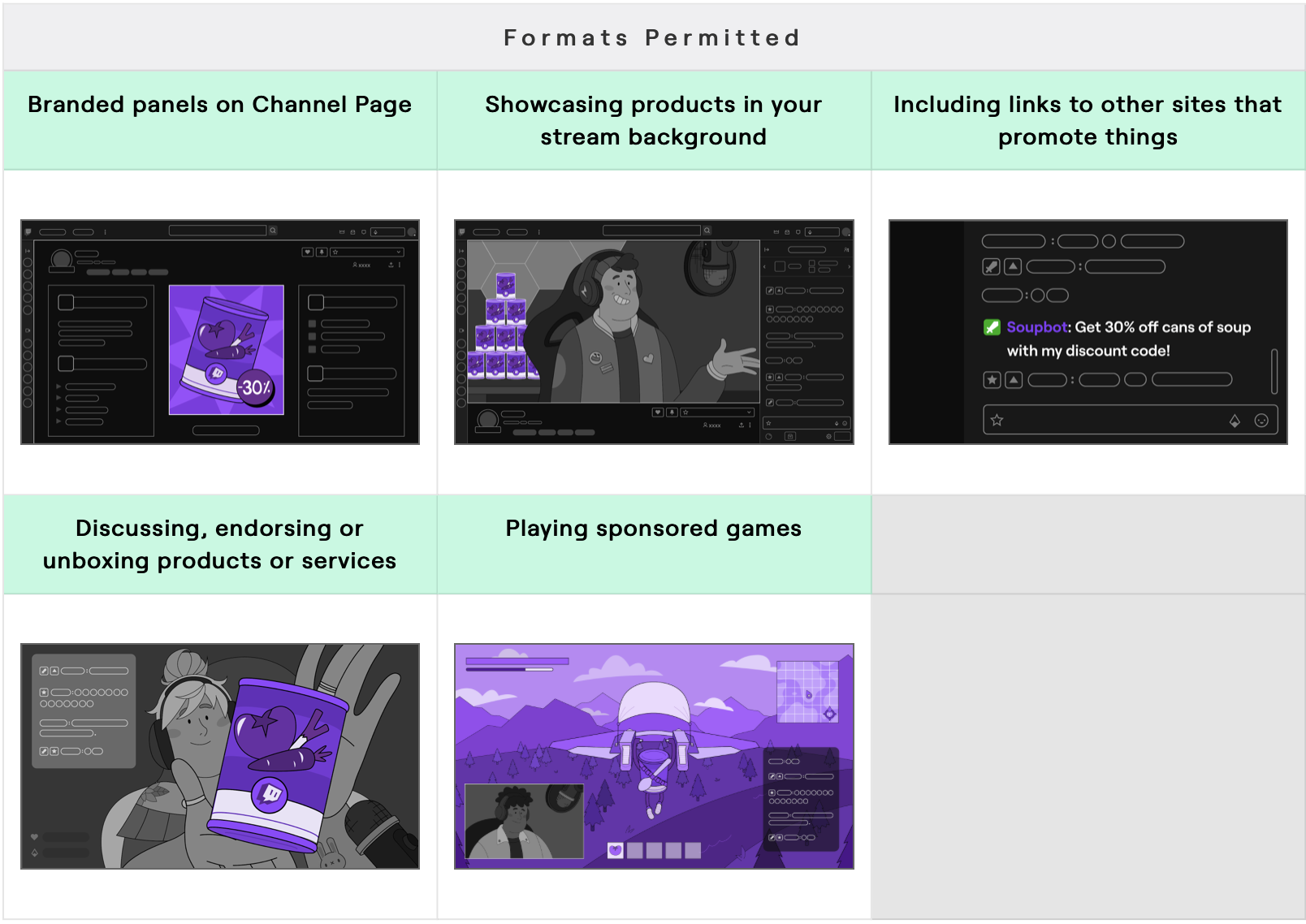
Prohibited branded content categories
The third section of the branded content guidelines lists a number of products and services that cannot be promoted on stream, including:
- Adult-oriented products or services
- Cannabis-related products
- Certain financial products and services
- Certain Gambling Products
- Hateful Products or Services
- Illegal Products and Services
- Medical facilities and products
- Political content
- Spam, Scams, and Other Malicious Conduct
- Tobacco and tobacco related products
- Unauthorized Sharing of Private Information
- Weapons
Alcohol is an exception, but it must be flagged as mature.
Why are Twitch’s branded content guidelines controversial?
The branded content guidelines are controversial because it makes it harder for content creators to make additional income through their own means by advertising things themselves. This hurts everyone from small streamers to massive streamers, and nobody is thrilled about it.
Asmongold is willing to stream elsewhere once the changes come into effect on July 1 but will remain on Twitch in some capacity to appease fans familiar with the site. MrBeast slammed Twitch for “handicapping” creators.
Twitch even apologized for making the guidelines “overly broad” following the initial backlash this week, but it wasn’t enough to quell the rising flames.
Update June 7 7:19 pm CT: Twitch backflipped on its decision to implement the branded content guidelines as is, dubbing them as bad for the community. They removed the second section entirely.


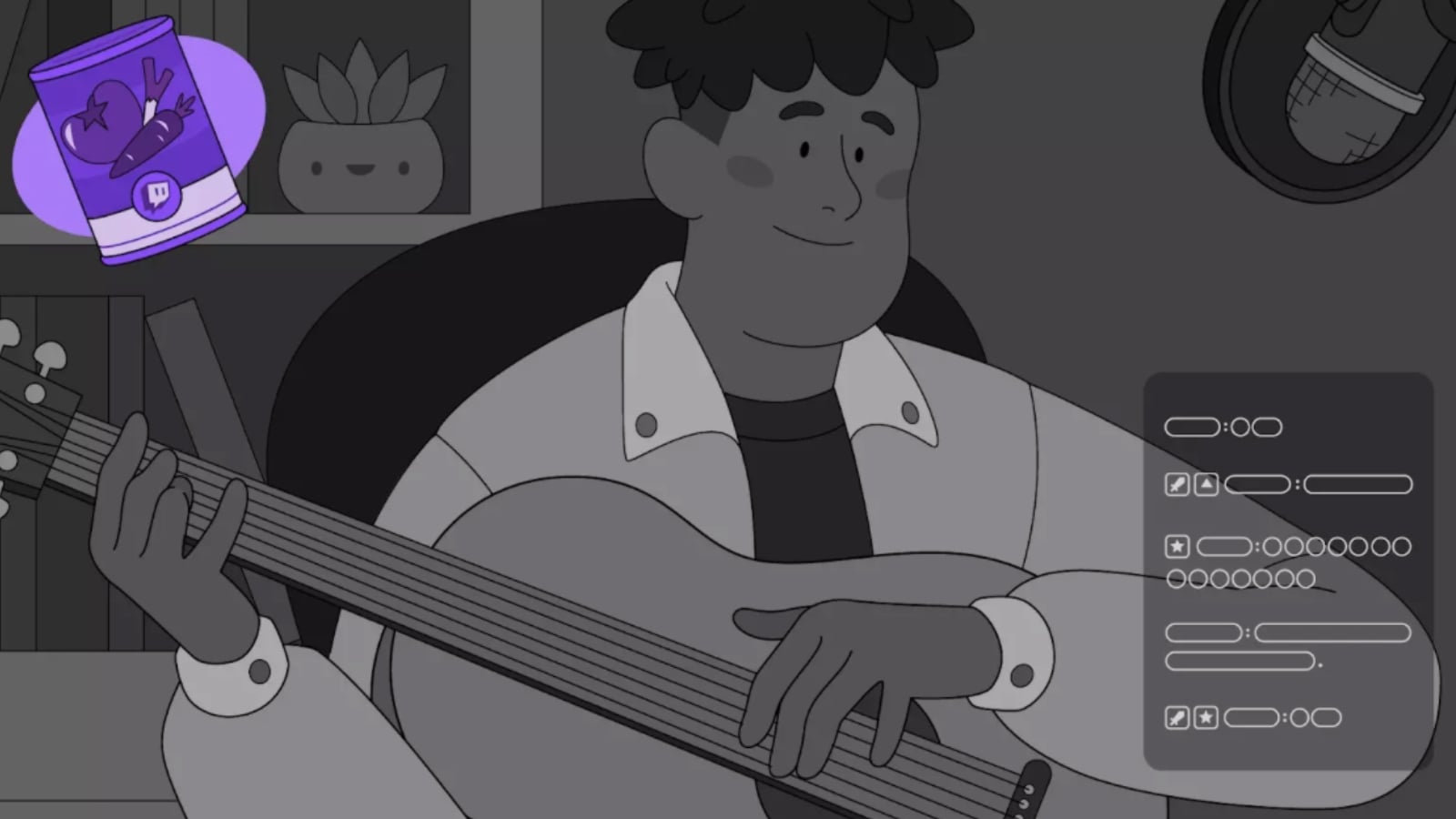

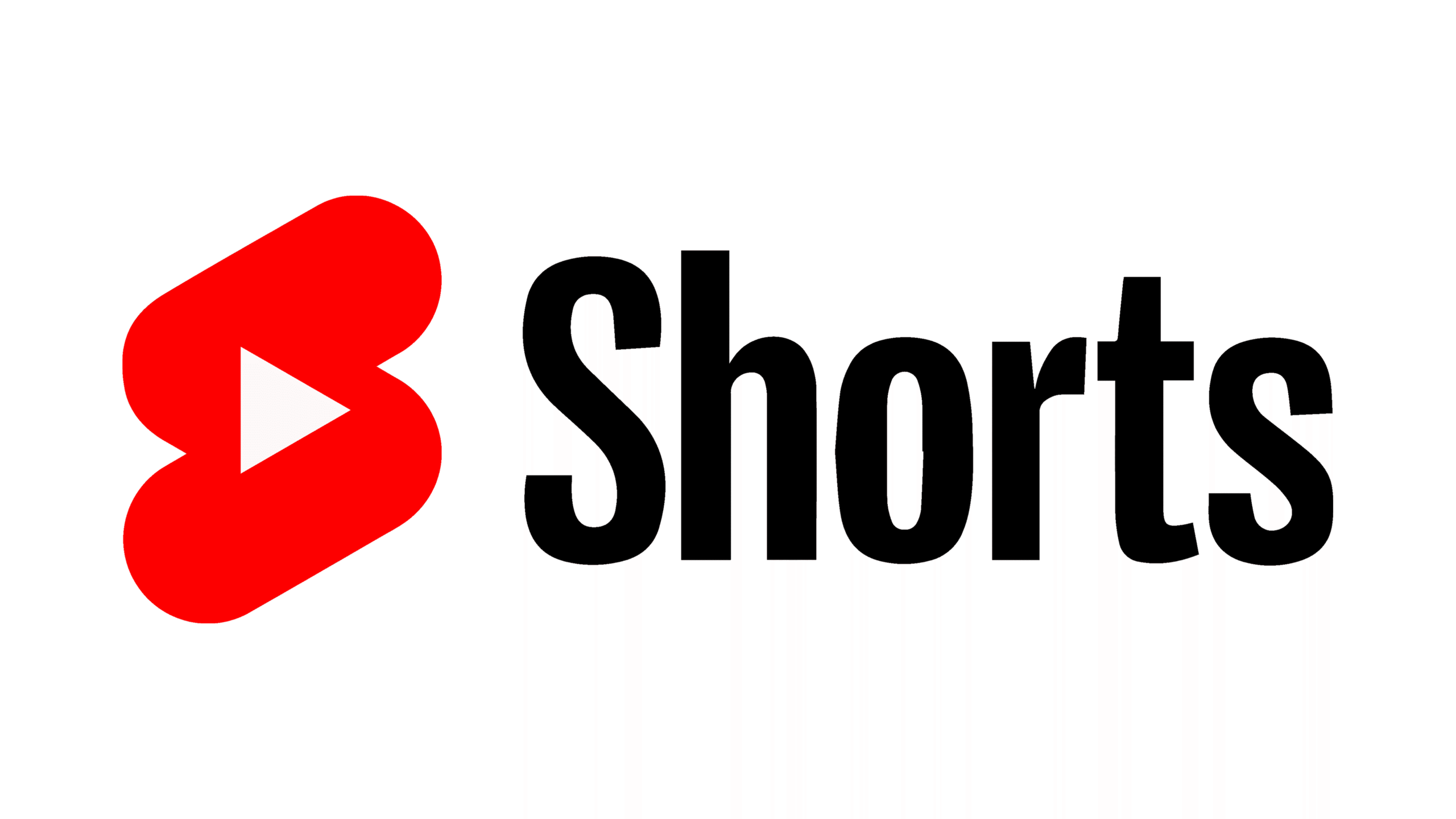
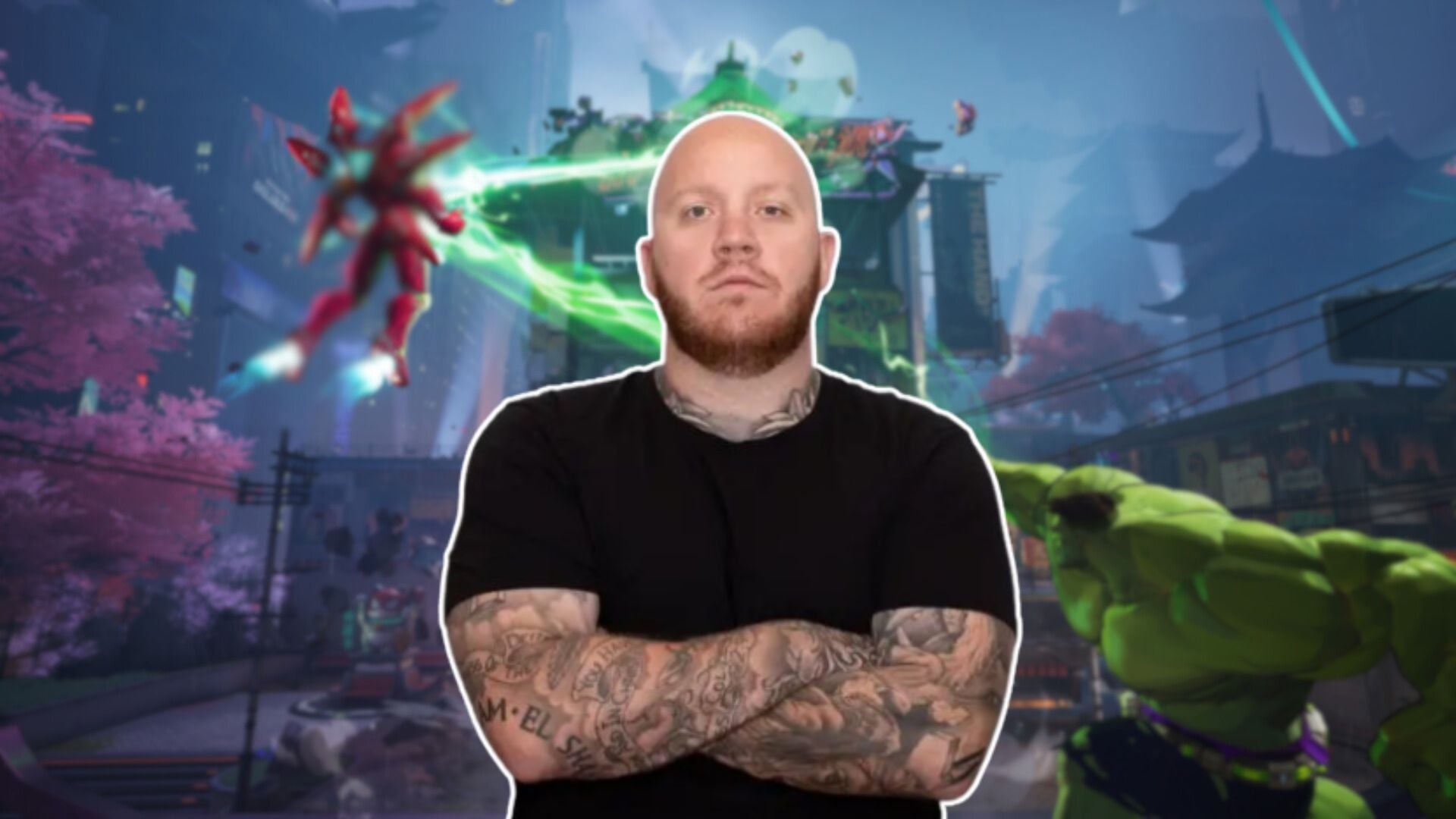
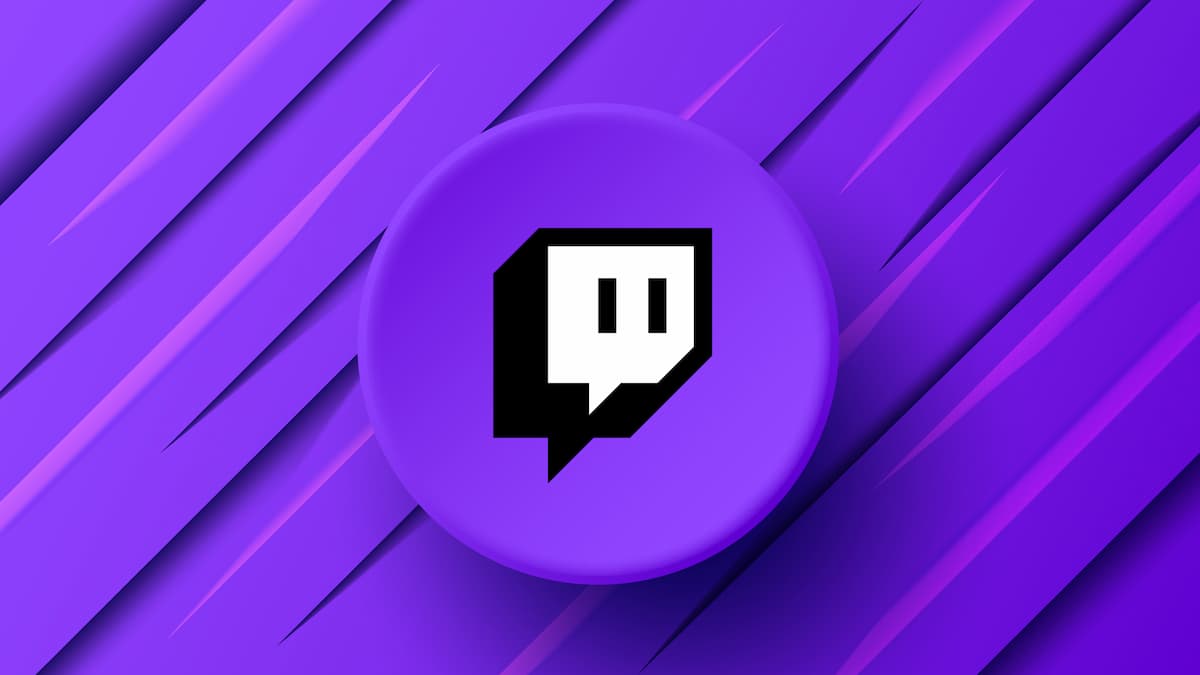
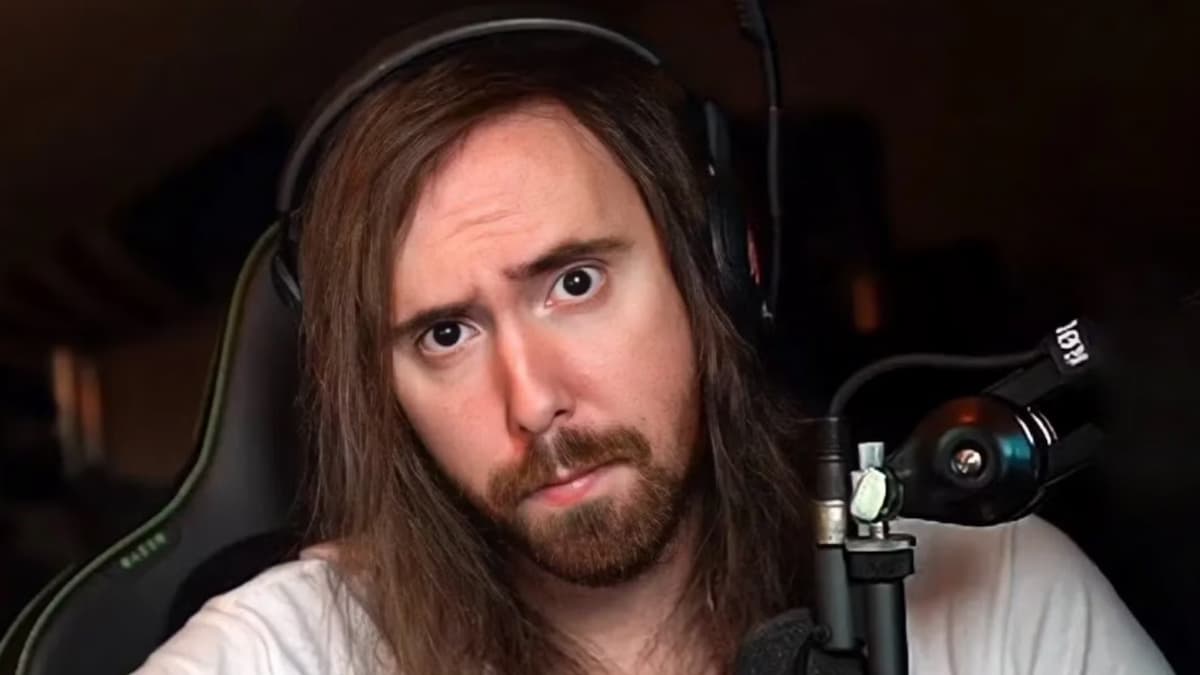


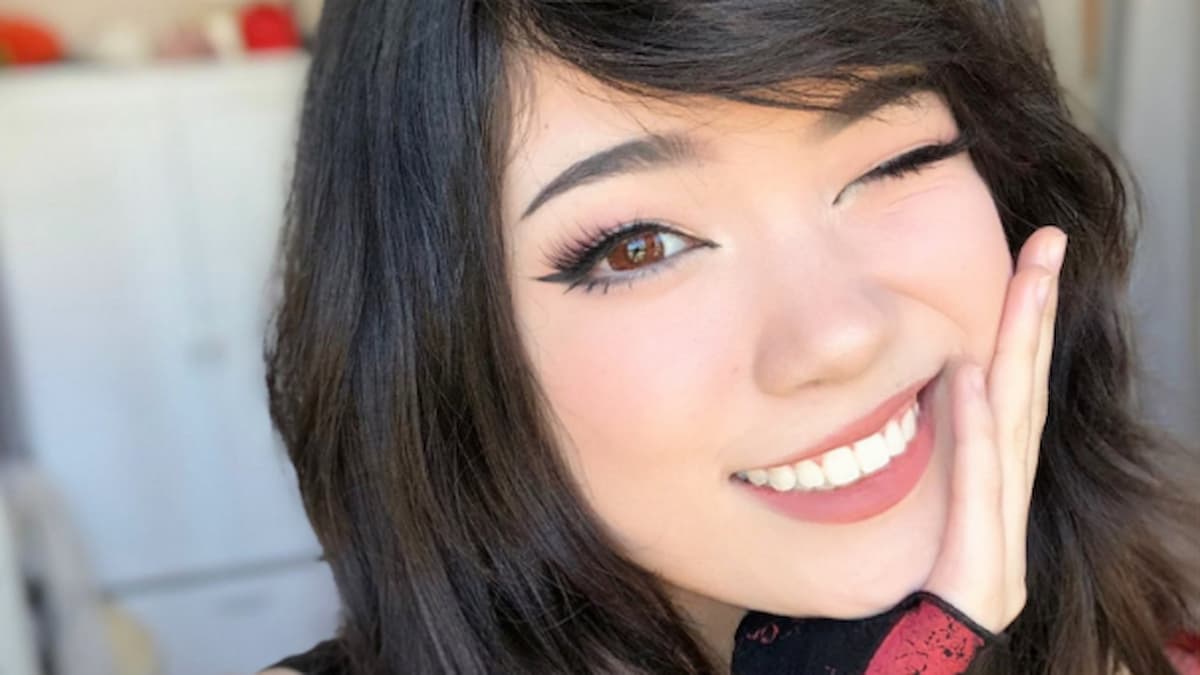
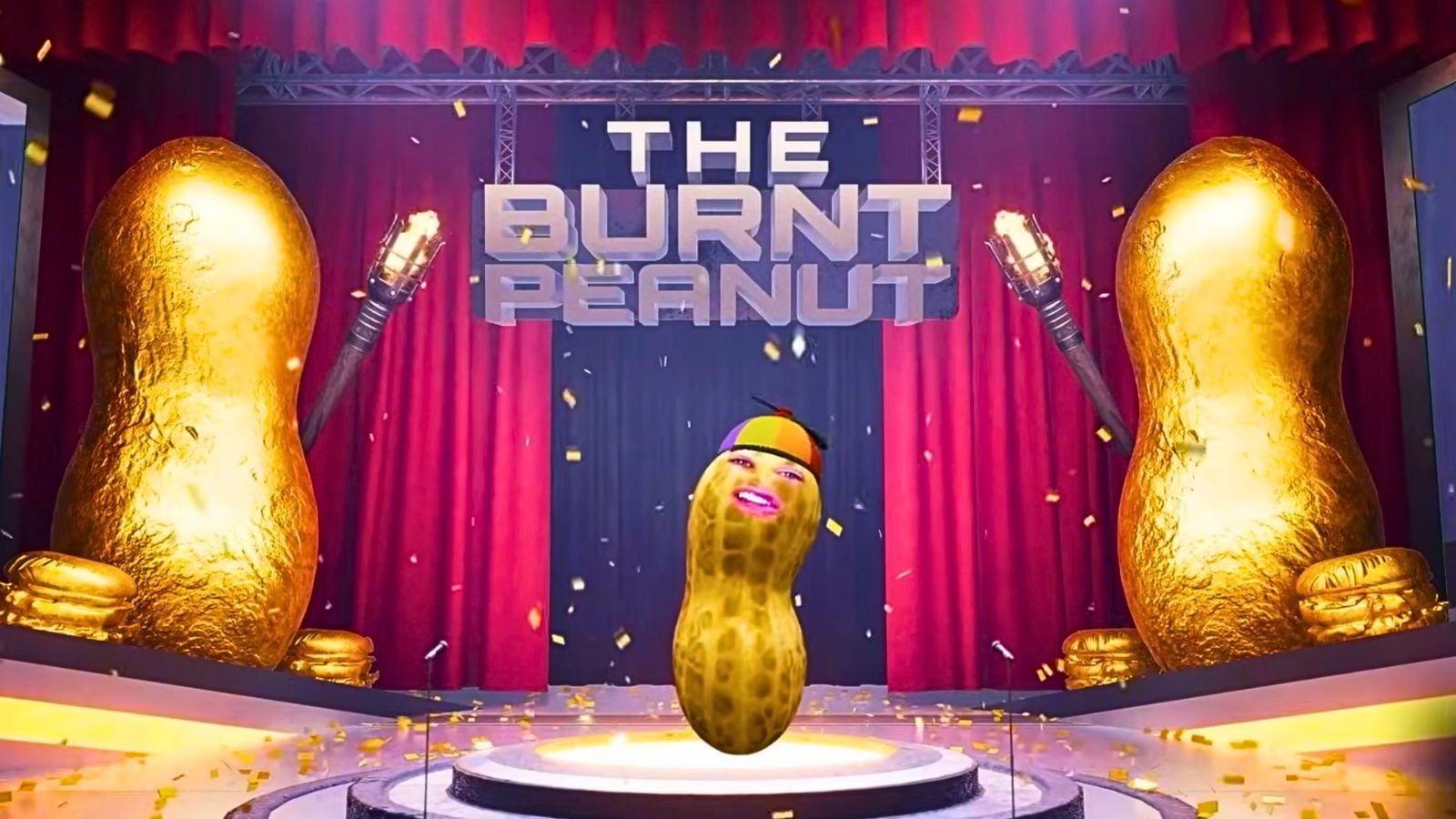
Published: Jun 7, 2023 07:23 pm